In the parts of the world where the clocks have turned back, the winter nights are drawing in and the frost is coating the ground most mornings, it can feel difficult to prise yourself out of bed in the morning - especially when you see so little sunlight first thing on the way to the office and at the end of the day when you're leaving.
Plenty of people find this time of year difficult. Maybe your mood is a little low or you don't have the energy you usually have during summer. Although this is normal as the seasons change, it could also be a sign that you're suffering from Seasonal Affective Disorder (SAD).
Also called 'winter depression' or 'winter blues', SAD is a condition that's associated with the colder, darker months of the year. It's thought to be linked to a lack of daylight that goes on to then slow the production of happiness hormone serotonin, making sufferers feel anything from a bit groggy to depressed.
Of course the first step if you're feeling low is to chat to your GP. But there are also some gadgets that are specially made to help you ease the effects of the seasonal change - gadgets that’ll be enjoyed not just by those feeling the effects of SAD, but anyone wanting a light-fuelled energy boost in the mornings or even throughout the day.
The important thing to remember is this isn't just about getting you up and giving you energy either. Plenty of light during the day will give you a better night's sleep as well. Your body naturally wants light and dark, even if living in some parts of the world means you get way more of the latter.
Here's our pick of the best blues-busting lamps on the market at the moment, from the small and portable to the big, bold and super bright.
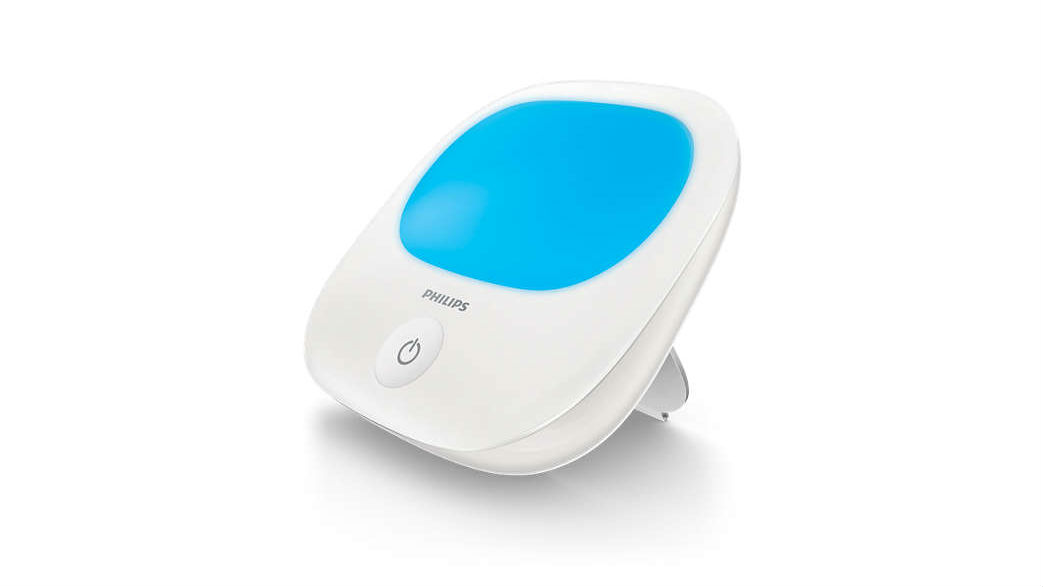
It's not really fair to put the Philips EnergyUp Energy Lamp into this list, because it's not the same as the others. It won't wake you up from a peaceful slumber to a fake sunrise and fake bird sounds and it won't lull you off into dreamland either.
Instead, the EnergyUp lamp does exactly what it says on the tin. It's designed to give you a boost of energy throughout the day instead. This is perfect if you already have a wake-up lamp at home, but need something for your office or the kitchen countertop or anywhere else to keep up your energy levels.
It provides 10,000 lux of light intensity, which is about the same as an average day outside. It delivers it in the form of blue light, which keeps you energised and the best bit is according to Philips you only need to have it on you for 20-30 minutes a day to notice the energy-boosting benefits.

The egg-like Lumie BodyClock Elite 300 is one of the best wake-up lights we’ve tried. It’s not the most advanced wake-up light on this list, but it’s certainly the most useful. Not only does it wake you with a gradually building light (along with one of a selection of natural alarm sounds), but it also offers the best sunset feature, helping you drift off to sleep - which most of the competition do not offer at all.
Seven-day alarm settings can be programmed, allowing for different wake up times across the week, while there’s also the option to use it as an AM/FM radio or MP3 player (provided you load an SD card up with tracks) too. In addition, it also comes pre-loaded with meditation tracks to help calm you before taking a nap.
There are a few too many buttons for all the controls and alarm combinations, and there’s a little construction involved outside the box - you’ll need to insert a regular lightbulb, and clip on the glass shade, too. But once you’ve got used to its intricacies, it’s a lovely warm light to wake to that works nicely as general bedside lamp, too.

The Philips HF3520 is perhaps the best-looking wake-up light on this list, and one of the best overall performers from our test. Circular (like a mini sun!) on a conical base, it gives off a warm glowing light that can be set to one of 20 intensity settings, from gentle ember to a room-filling blast.
With two separate alarm slots (which, slightly annoyingly, have to be activated each time you want to use them) and five natural wake up sounds, the HF3520’s gradual light steps were naturally graded, offering a peaceful start to the day.
In a nice touch, a simple tap of the lamp sets its alarm into snooze mode. But the other controls, either dotted around the outer ring or the touch-sensitive ones on its front face, could be a bit fiddly, especially when programming different settings. You’ll want to keep the instruction manual handy for the first few days.
This Philips light is let down by one point that otherwise mars a wonderful device - the radio function gets gradually more distorted along with the rising intensity of its light. I’d still heartily recommend it, but consider that potential problem before purchasing.
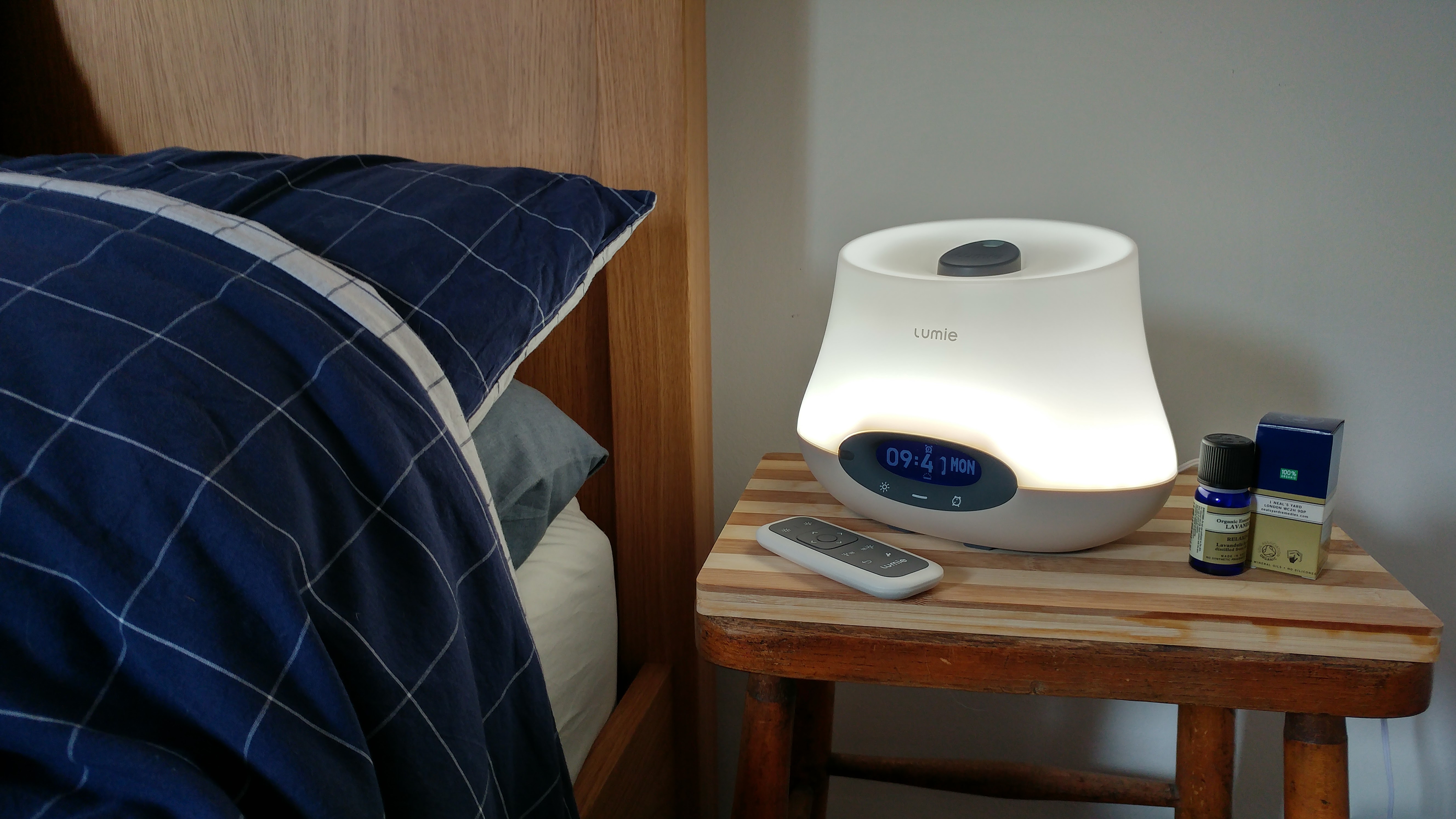
A SAD wake-up lamp with a scented twist, the Lumie Bodyclock IRIS 500 also doubles up as an aromatherapy gadget. You can fill two diffusers, tucked away underneath the lamp shade, with different smelling oils which will then be heated by the IRIS 500 and released in line with your morning wake-up and bedtime routines.
While it was great to walk into a lavender-scented bedroom, it could sometimes feel a bit overwhelming to have the perfumes released so close to my head (with the lamp sat on a bedside table - a placement I’d expect to be somewhat unexceptional).
Again, like the previous Lumie, seven-day programming options are available, with a range of light intensities, as well as sunrise and sunset options. It also has a physical remote control, should that be useful to you. But the light felt a lot harsher than the Bodyclock Elite 300, and the alarm options less varied. Unless you’re really into aromatherapy, there are simpler options with better lamps available.

Whereas the previous lamps on this list have been intended for the bedroom, Beurer’s TL100 is intended for use throughout the day, hitting your SAD lows with a full-on bright-light blast.
Lighting up to an approximate intensity of 10,000 lux, it can be set to light up a room for up to two hours (in 15 minute increments), allowing you to keep track of how much time you’ve had in front of it.
Slim and standing about a foot tall, it’s attractive and discreet enough to have in a shared office - I’ve had it on in TechRadar towers every day for about a month now, without complaint.
Well, at least until I started playing with the mood light settings! With a Bluetooth-connected app (available for iOS and Android), the TL100 can be set to one of 256 different colors, pulsing out on a set of preset timers and patterns, or a single color on a custom timer. So when the SAD lamp has given you a lift, you can essentially set it to #partymode.
Did it make me feel any cheerier overall? That’s hard to say - so many factors can affect a mood during a day. But I’d say that having it on while working certainly made me feel more alert.
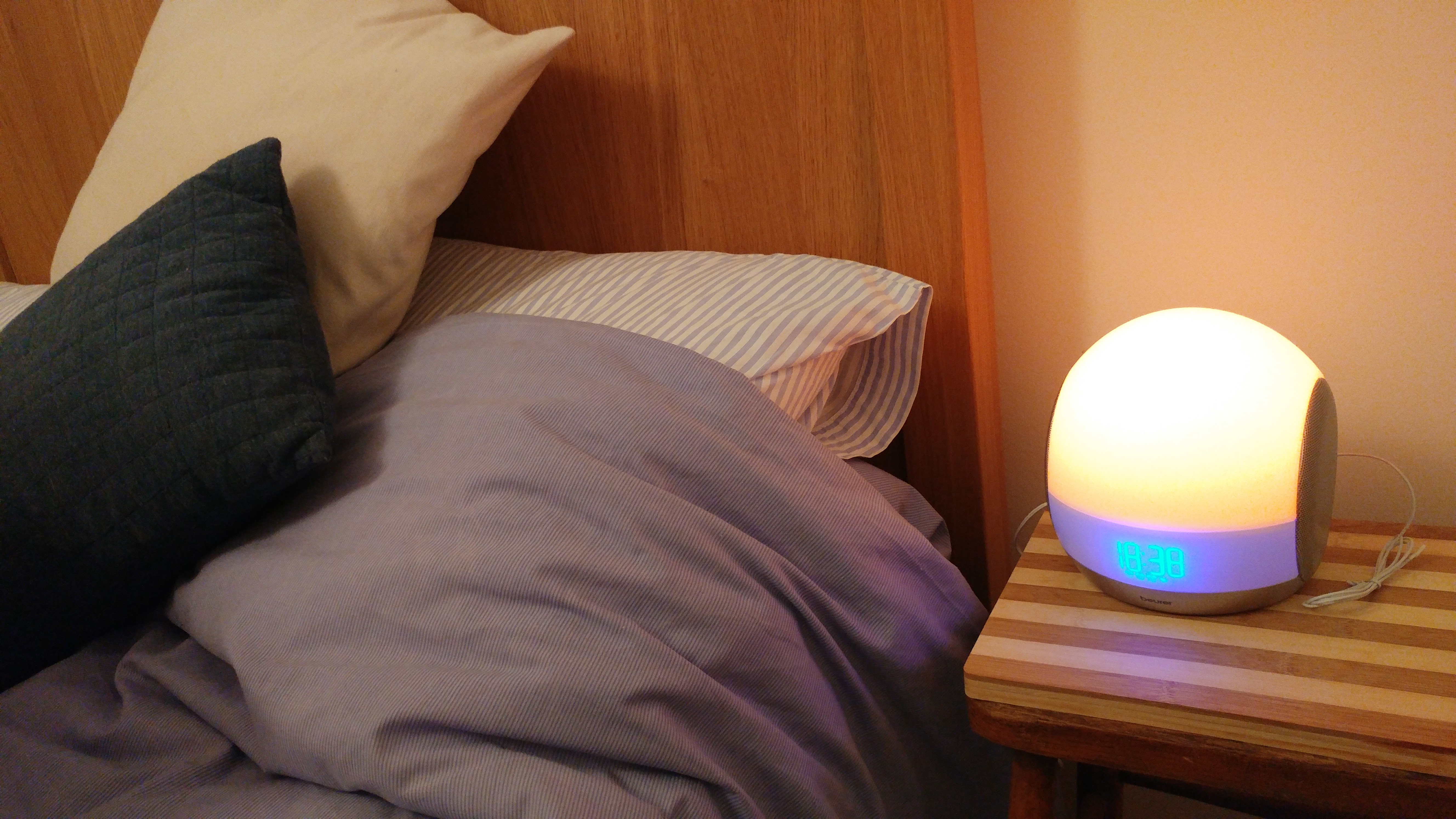
The Beurer WL90 has all the trappings of a great bedside SAD wake-up lamp, and definitely has the most feature-rich spec sheet. In addition to sunset and sunrise options, radio and melody alarms and multiple mood light colors controlled via smartphone app, it also has a Bluetooth connection for playing back songs from your smart devices.
It’s a reasonably attractive device too, with stereo 3W speakers sat either side of a relaxed lamp with a semi-circular shade. Its clock timer was easily visible in the dark too.
However, for anything but the most basic of functions, all controls rely on the smartphone app. This wouldn’t necessarily be a problem, were it not for the fact that the Bluetooth connection was so inconsistent. If it connected to my Android phone one in ten times, that would seem like a lot. With light color and music Bluetooth playback controls so reliant on the app, and those being the main reasons buy this option over the Lumie and Philips alternatives, it’s hard to recommend the WL90 while such problems persist.
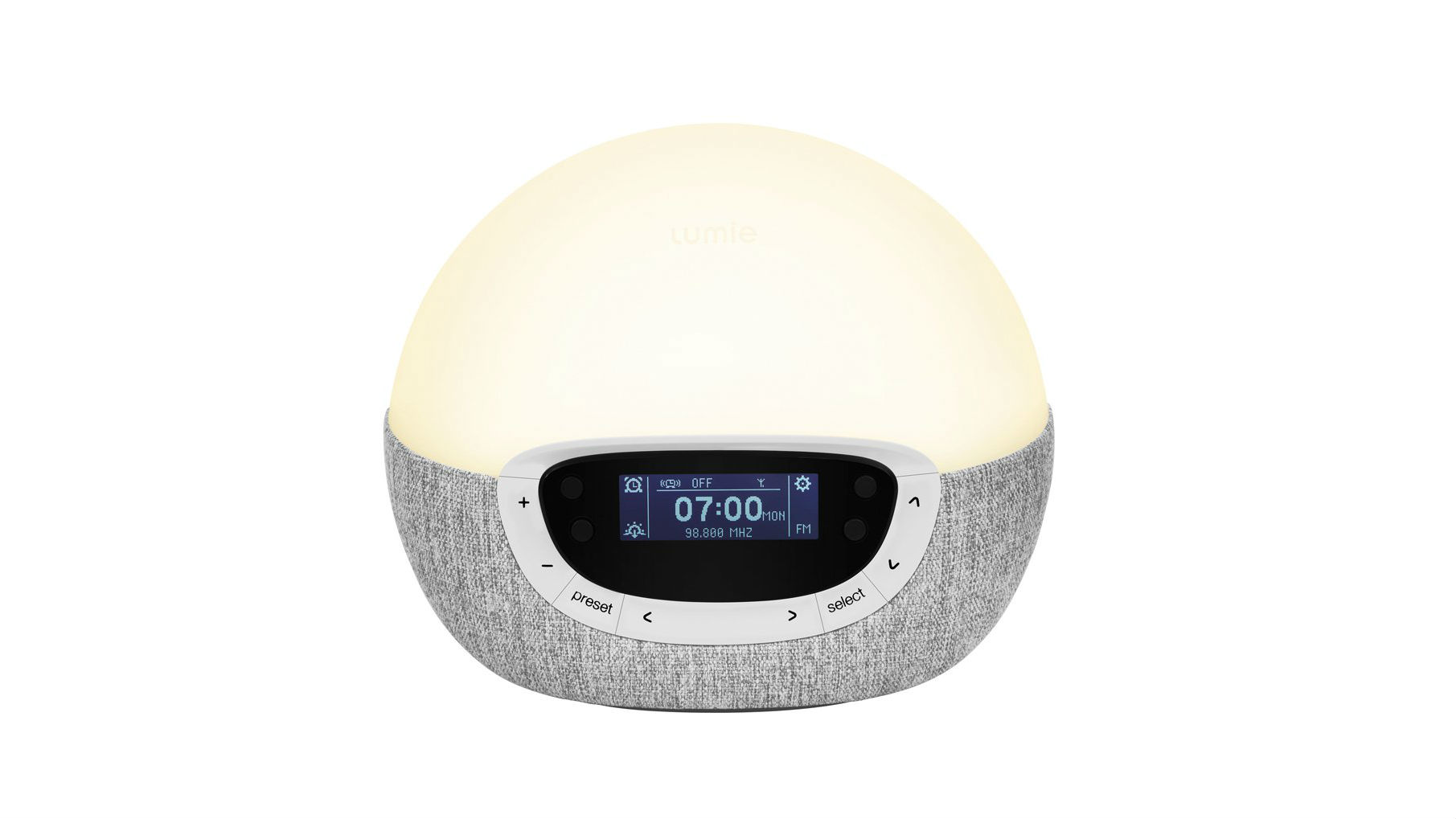
Yes it's yet another Lumie lamp, but this is one of the newest from the brand and promises one of the best wake-up lamp experiences for under £150.
Like the other Lumie lamps in the list, the Bodyclock Shine 300 is a really effective device that promises to mimic sunrise and sunset. According to Lumie, its lamps are the devices of choice of The British Swimming team, who use the Lumie Bodyclock to get them up early for training on dark, winter mornings.
This particular lamp boasts improved LED lighting tech, which serves up an even more convincing sunrise and sunset lighting experience. It also has built-in FM radio and an alarm with lots of different sounds to choose from.
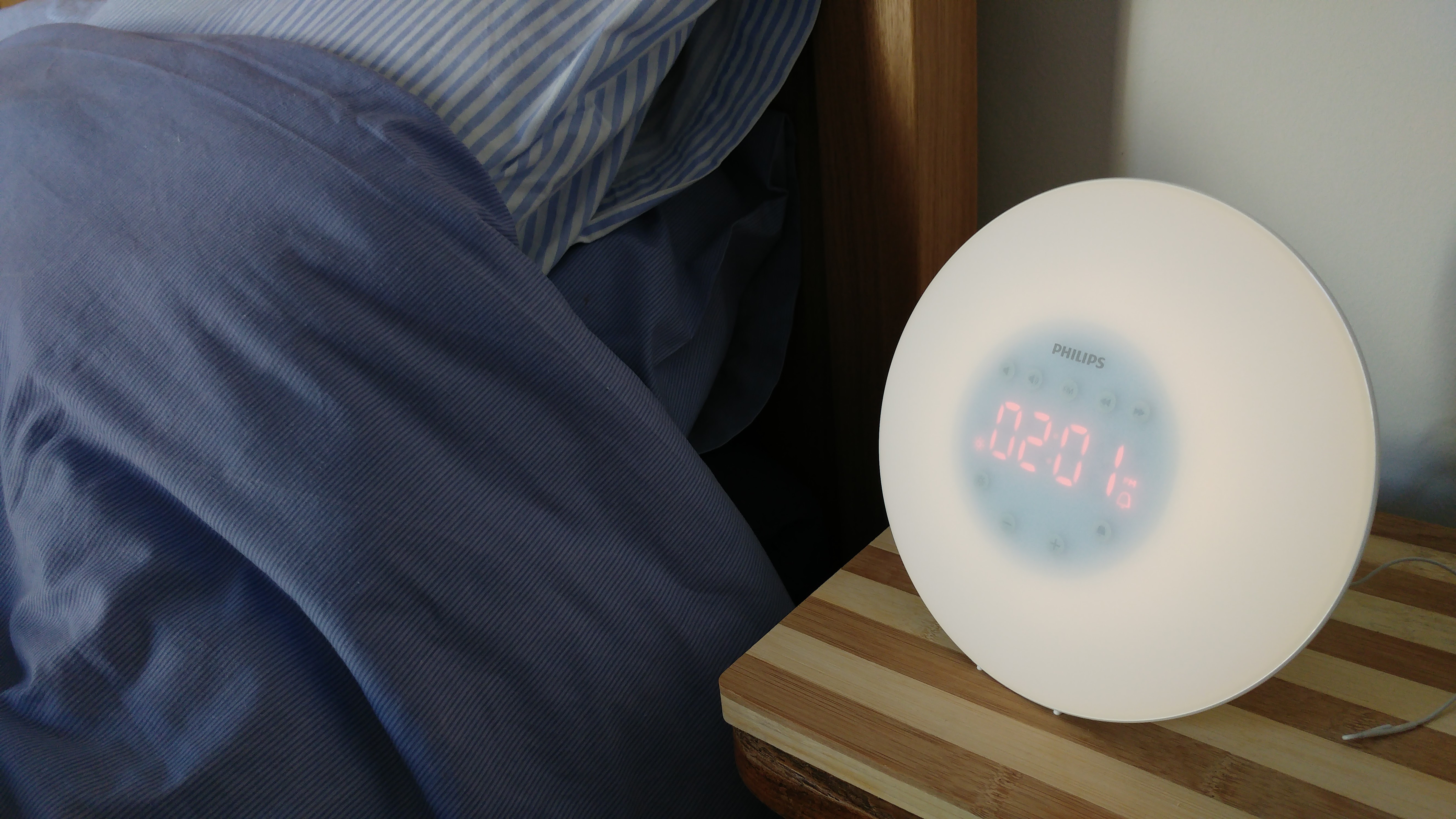
The most compact of the wake-up lamps on this list, the HF3505 sadly proved my least favorite. The least flexible in terms of alarm slots (only one is programmable), alarm sound options and sunrise settings (let alone offering a sunset), it is nowhere near as feature-rich as its competition.
That’s understandable, given the relative affordability of the HF3505. But affordability comes at a price - its LED offers one of the harshest, most-sterile of white lights of any lamp on this list, while the touch buttons on the front (paired with the process with which settings are navigated) made it a chore to use.
It may help you rise a little easier, but you won’t lose any sleep without it.
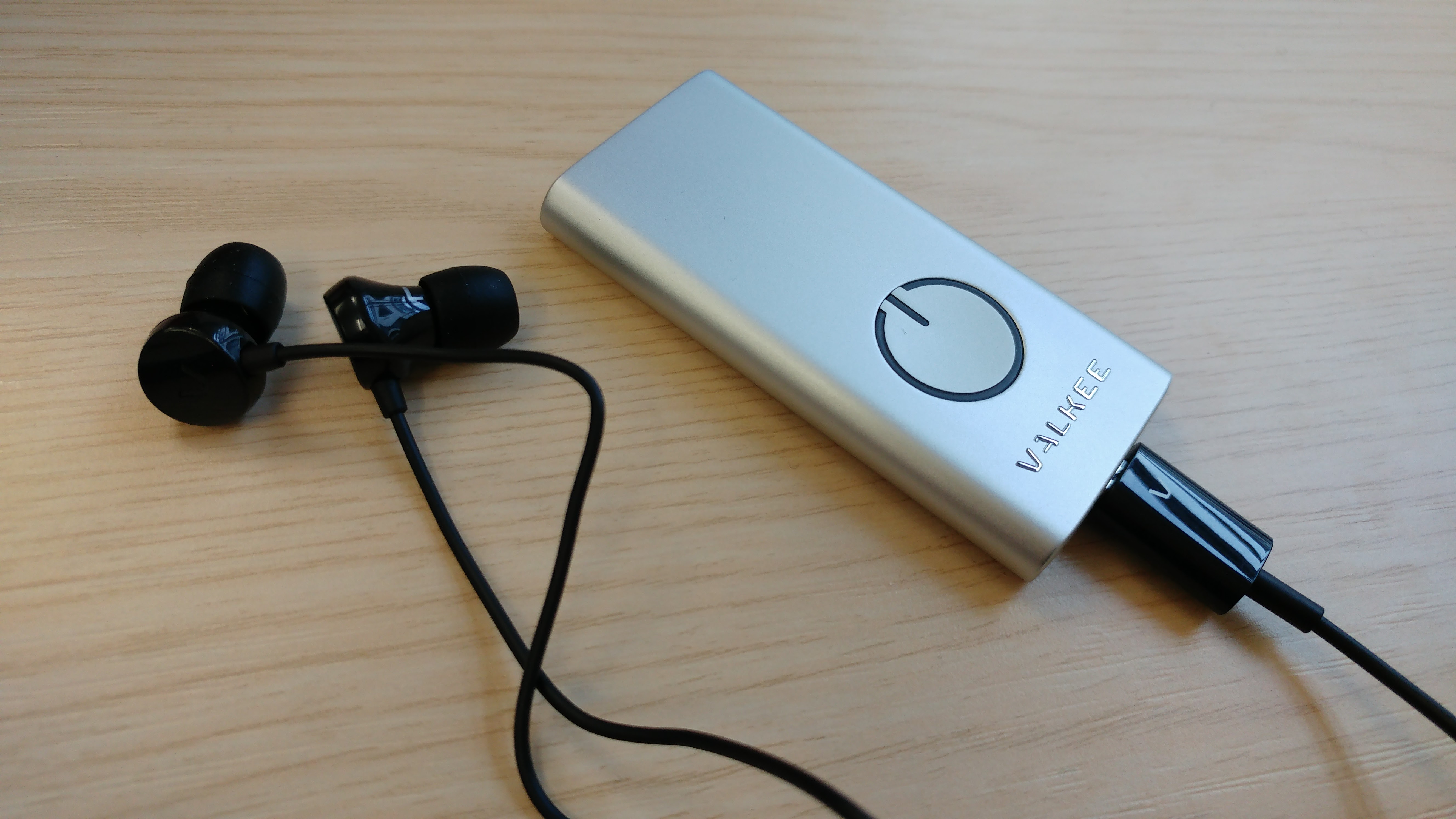
And now for something completely different. Seeing as this isn’t a tabletop lamp, you’d be forgiven for seeing how the Valkee Bright Light earphones qualify for a place on this list - if anything, they look more like a stylish MP3 player than a light source. But hear us out on why we’ve thrown in this wildcard option.
Valkee’s Bright Light earphones, rather than playing music, use fibre-optics to shine high intensity brightness light into your ear canals. Though the science behind the idea is a little sketchy, the company claims that regular sessions with the earphones can shake off the winter blues by triggering light-sensitive proteins in your brain - the ones which play a role in setting the hands for your internal body clock.
Charged over USB and good for more than a week’s worth of use against the recommended session amounts, it’s a discreet and portable alternative to the the Beurer TL-100, if not quite a like-for-like substitute for the wake up lamps listed here.
As with the TL-100, I’d be cautious to assign my faith in shaking the effects of seasonal affective disorder entirely over to the Valkee buds - or any one device without professional medical advice being sought out first. But it’s certainly a tidily designed gadget, should you try it and find it helps ease your symptoms.
- Best fitness tracker for 2016
from TechRadar - All the latest technology news http://www.techradar.com/news/best-sad-wake-up-lamps-beat-those-winter-blues
No comments:
Post a Comment